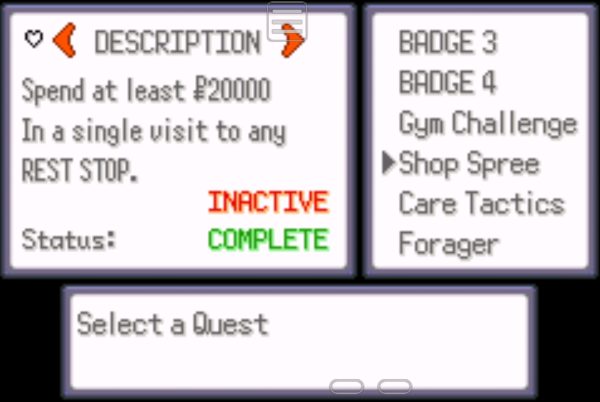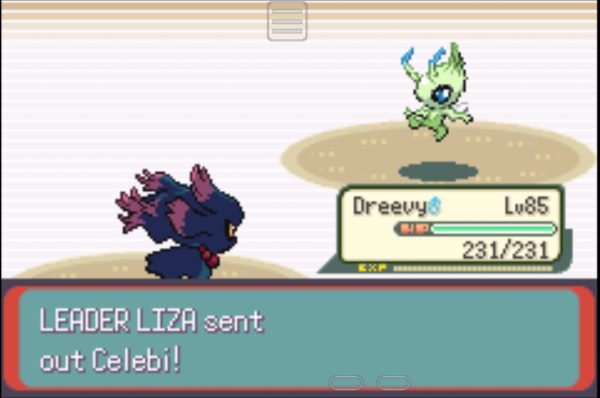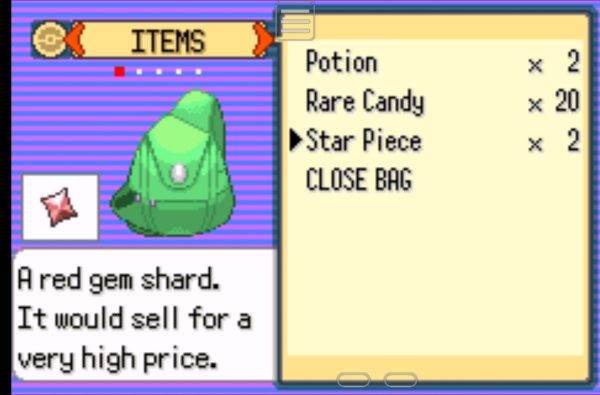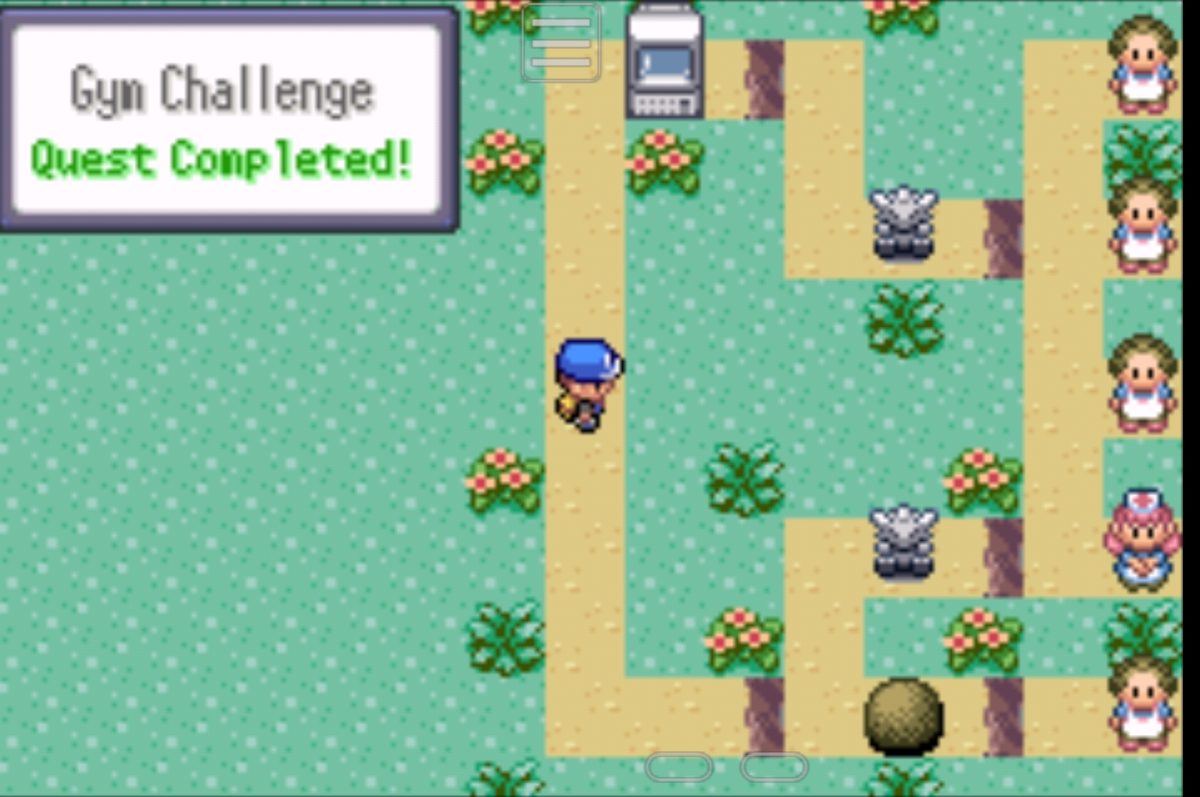
“Pokemon Emerald” is one of the most beloved games in the Pokemon community. Another popular part of the Pokemon community is rom hacking, which takes a rom file of a Pokemon game and modifies it into something new. Some of the more famous Pokemon rom hacks include “Pokemon Radical Red,” “Pokemon Blaze Black, “Pokemon Renegade Platinum” and “Pokemon Unbound.” While a lot of these rom hacks offer different, harder takes on the old Pokemon games they modify, “Pokemon Emerald Rogue” takes a different approach to it, turning the entire game of “Pokemon Emerald” into a roguelike.
Now, what is a roguelike? A roguelike is a game that aims to give players a different experience every time, using randomized maps, enemies, items, and other features to achieve this. Roguelikes are also typically known for being difficult, and “Emerald Rogue” certainly is. Not only does the rom hack randomize each map, it also randomizes items, trainers, Pokemon and gym leader order. This leads to a lot of on-the-fly strategy, as players can only plan for so many outcomes and may have their plans thrown off course by the wrong gym appearing.

One of the best parts of “Emerald Rogue” is that it allows players to customize their experience, whether it be the difficulty of the trainers, the variety of the items or the power of the Pokemon encountered. This customization allows players to make their run as easy or as hard as they want it to be. Pokemon players have been requesting a hard mode option for years, and this game offers it.
The map in this game is divided into multiple different areas: routes, rest stops, Pokemon encounters, and gyms. Routes contain items and Pokemon, as well as trainers to battle. These items and Pokemon are hinted to the player through the route name, with the adjective describing the type of Pokemon more commonly appearing on the route. Choosing what routes one takes in order to develop a well-rounded team is essential to a good run in this game.

Rest stops are breaks in between catching Pokemon and battling trainers, and there are several types. The best one to get is the full rest stop, which allows a player to fully heal their team, purchase and sell items and learn special moves from tutors. Most of the other rest stops only have one of these features, but there is also one unique rest stop which has a game. In this four round game, players will make 50-50 bets, and if they guess correctly, they will win prizes, like 10,000 Pokedollars, or a stat increase on their Pokemon. But if they guess wrong, they will be punished similarly.
Encounter areas provide the player with a single, strong Pokemon to battle and potentially catch.
Finally, the gyms are battled in a random order, with scaled teams. So while in “Pokemon Emerald,” players will always battle Roxanne first, in “Emerald Rogue” they may end up battling Juan first when he would normally be the eighth gym leader.
“Pokemon Emerald Rogue” also has a quest system, which gives the player permanent rewards when they complete a quest. Players have an area where they can raise their own starter Pokemon for future runs, and rewards like rare candies can help a run start out smoother. Also, completing quests can add areas to the home base, like a safari zone that allows players to bring more Pokemon into a run or a berry growing area. As a rom hack, it is impressive how much this game has managed to do with the limited system that is the Game Boy Advanced.

Now, one of the major problems with a lot of “difficult” Pokemon games is the balancing. In games like “Pokemon Emerald Kaizo” or “Pokemon Radical Red,” the game is very actively stacked against the player, throwing out strong legendary Pokemon against them early-on, and in “Emerald Kaizo’s case,” giving them meager options to use themselves. In “Radical Red,” the trainers actually cheat, and change their team layouts based on player actions, leading to an unfair battling system. However, “Emerald Rogue” is as balanced as a player wants it to be with the difficulty selection, and at no point playing it did I feel that it was “unfair,” rather that I had made a mistake earlier and was now paying for it. Oh, and another aspect of “Pokemon Emerald Rogue” is that unlike normal Pokemon games, when a Pokemon faints, it is gone forever, so make use of items like potions when their HP gets low, or they may be gone permanently.
The average complete run of “Emerald Rogue” takes about three to five hours, and players can pause at any time, to come back later when they are less busy. Since every run is different, gameplay stagnation is not an issue as long as save states are not abused, as they can be with emulators. So if you want to try this game out, just search it up and download, get an emulator, and it is ready to go.









